Many thanks for the idea of the article Evgeny Kozhuhar... The article can be considered a continuation of the topic 'Crop identification'.
Preamble
Full-frame cameras Nikon and Sony (maybe others) can work both in normal full-frame mode, when the entire camera sensor is used to obtain an image, and in crop mode. For example, you can use the APS-C crop mode (DX for Nikon). This mode uses only the center area of the camera sensor. The size of this area exactly matches the size of the sensors on cropped APS-C cameras. To put it simply, full-frame cameras can be made to 'crop up'.
The ability to shoot in crop mode allows me to manipulate the equivalent focal lengths a bit (EGF). For me, this turned out to be a very nice feature when shooting with prime lenses.
Example of using crop mode: I often shoot events with a fast-moving lens Nikon 50 / 1.4G and a full-frame camera Nikon D700... Sometimes I can't get close enough to the subject, then I turn on the crop mode. To do this, in the camera menu, just turn on the 'Image area' -> 'Select. image area 'and select' DX format 24 x 16 ′ there. I have set the AF Point Illumination to Off, which allows me to darken the unused area of the image visible in the DX format 24 x 16 JVI. In fact, in the optical viewfinder, I see only the image that I will get after the shutter is released. Visually, it seems that a lens from a 50 mm fix turns into a 75 mm fix. Such a trick makes it easier to crop a future frame, to reach more distant shooting objects.
Of course, I understand very well that the exact same result can be obtained while cutting out the central part of the photo during processing (the result will be 100% similar to what I get with the 'DX format 24 x 16 ′ function). But psychologically it is much more convenient to line up the frame directly during shooting.
With electronic viewfinder Sony a7 even simpler - there you can immediately see the image obtained from the central part of the sensor without darkening areas in EVI.
Closer to the point
So, switching between FX <-> DX formats and shooting the same scenes with the same lens, I have noticed that at times the near and far blur in DX looks (visually looks) stronger than in full frame FX.
It should be just the opposite! We all know the tale that full-frame cameras blur the background more. How then to be?
Look at the next two pictures and note for yourself where the background blur is stronger. By blur, we can mean the size of the circles of confusion.
First shot:
Second shot:
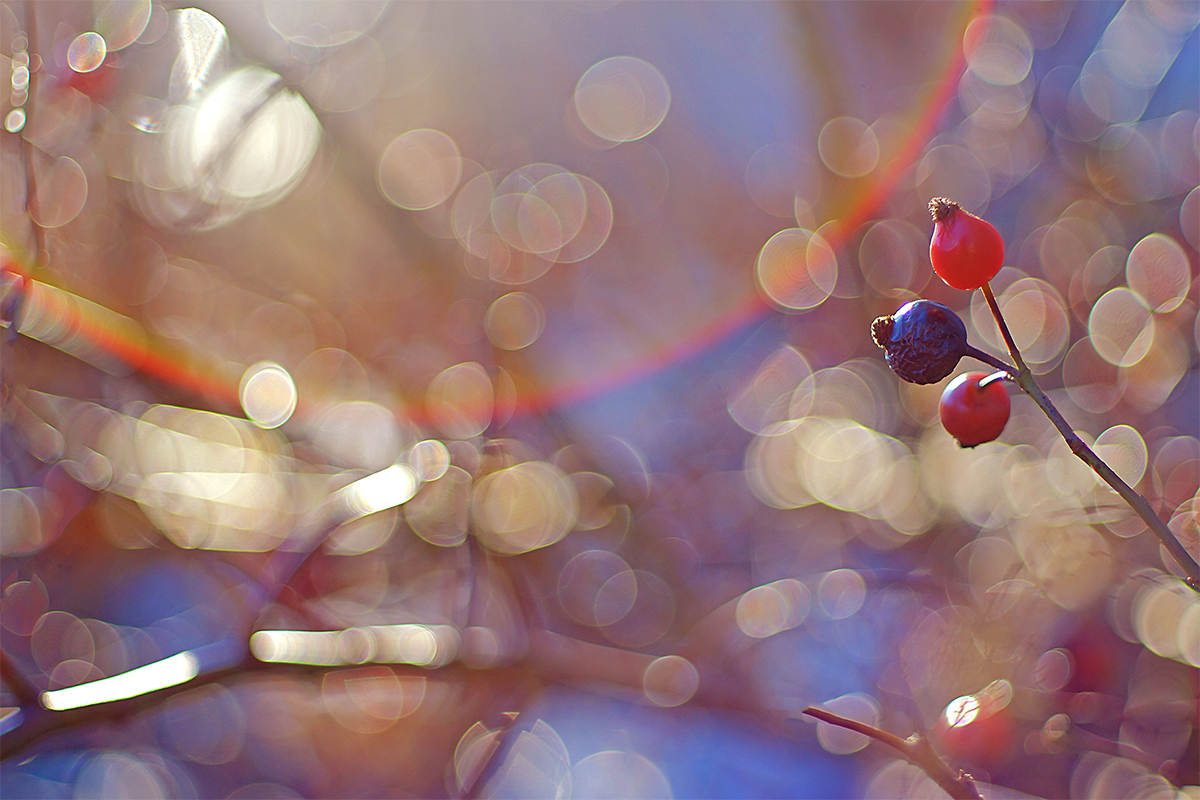
Original from the Sony a7II camera in APS-C mode (actually - a cropping of the central part of the previous image)
Visually, the blur zone in the second image is more pronounced, and the blur discs are larger. In this case, the second shot, roughly speaking, was taken on a crop. This happens if you shoot from the same distance without maintaining the proportions in the frame.
Let's take a separate pronounced disk (circle) of blur.
From full frame:
From a cropped picture:
The selected blurriness disk in the pictures is the same size in pixels.
The full-frame Sony a7II is 6000 x 4000 pixels (24.000.000 pixels). The area of the circle is Pi * D * D / 4 and equals 54.297 pixels. The size of the circle is 1/442 of the image of the entire image (0,23%).
The cropped image from the Sony a7II measures 3936 x 2624 pixels (10.328.064 pixels). The area of the circle is Pi * D * D / 4 and is equal to the same 54.297 pixels. In this case, the size of the circle is 1/190 of the image of the entire image (0,53%).
When switching from full-frame to cropped, the ratio of the unsharp disk to the entire frame increased by approximately 2.3 times. The same number could be obtained thanks to the coefficient crop factor Kf = 1.5, squaring it.
A serious conclusion suggests itself.: if you shoot with crop and full frame cameras on the same lens, on the same aperture value and from the same distancethen the blur effect on the cropped camera will look stronger due to different proportions of the blur zones.
Spoiler 1: different cameras of the same type (crop or full frame) have different number of megapixels, but the ratio of the blur disk to the entire frame will be the same.
Spoiler 2: I was asked to do an experiment with a point source of light placed at infinity. I did not do this, because the experiment can be considered not 100% honest. You can conduct your investigation of circles of confusion at infinity yourself.
Spoiler 3: In this article, I show images reduced to the same pixel dimensions - 1200 pixels on the long side. This must be taken into account.
Spoiler 3.1: for comparison, the pictures from the crop and the full frame were adjusted to the same size. Pictures have the same aspect ratio of 2: 3, while down scale, pictures look the same.
Spoiler 4: The article is not about DOF. Do not confuse DOF and disc blur.
Spoiler 5: do not confuse the depth of field and the power of blurring the foreground / foreground. DOF may be the same for two shots, but the power of blurring the foreground / foreground will be radically different. Speaking very roughly, the depth of field depends most of all on the F number (aperture value), and the blurring of the foreground / foreground most depends on the focal length of the lens.
The trick is that the ratio of object size to frame size will change. To shoot the same object, in this case, a twig with berries, with the same scale (so that the size of the twig in the frame is the same on a full-frame camera and on a cropped camera), in the case of a cropped camera, you will have to move farther from the subject of shooting than in time using a full-frame camera.
Test. Get the same shots in full frame and crop using the same lens
To maintain the proportions of the subject in the frame with tfull frame and a cropped APS-C camera, the focusing distance should differ by 1.5 times. The difference in focusing distances is easy to calculate using my calculations here.
Very important: the difference in focus distance corresponds to a factor crop factor.
All pictures below are taken with the same ISO settings, excerpts and aperture, but with a different focusing distance and framing mode (anyway, that would be shot on a cropped and full-format camera at the same settings).
The first picture was taken in full frame mode (FX mode), the focusing distance is approximately 45 cm (data from EXIF):
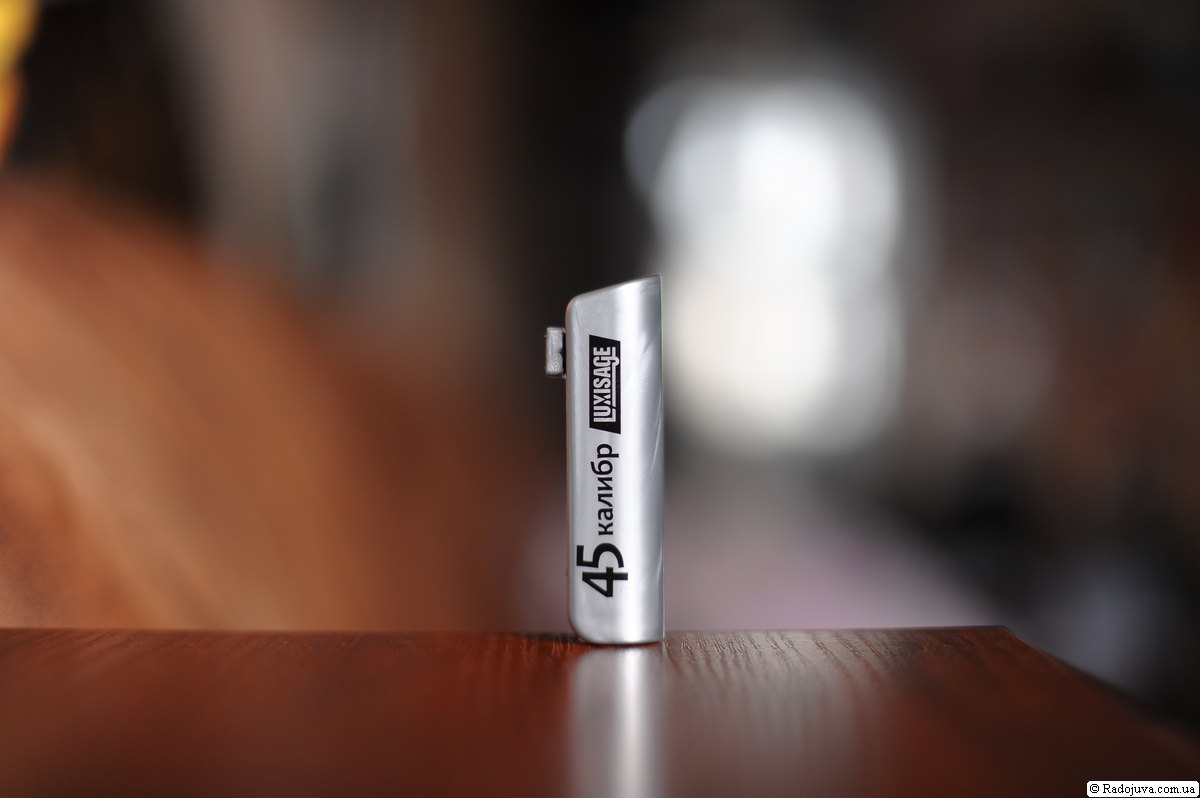
Full frame shot
The second picture was taken in crop mode (DX mode), the focusing distance is approximately 45 cm (data from EXIF) The picture was taken on the same camera, from the same position as the previous photo, just this time the 'DX 24 x 16 ′ format mode is turned on (full analogy if a cropped camera was used). You can see how much the shooting scale is increasing:
Move the camera away from the subject. The third picture was taken in full frame mode, the focusing distance is approximately 60 cm (data from EXIF):
The fourth picture was taken in crop mode, the focusing distance is approximately 60 cm (data from EXIF) The picture was taken on the same camera, from the same position as the previous photo, just this time the 'DX 24 x 16 ′ format mode is turned on (full analogy if a cropped camera was used). You can see how much the shooting scale is increasing:
Comparison of the image with a “full-frame” camera and a “cropped” camera:
It is clearly seen that the proportions of the subject in the frame remained the same (i.e., with the same scale), but the transmission of perspective has changed. In the case of the DX mode, the perspective has become narrower (visually felt as an influx of the background). The condensed perspective in DX is consistent with the 75mm lens used on a full-frame camera.
The change in perspective is clearly visible on the next GIF animation. Notice how in DX mode (ie crop) the far shot "zooms in", shrinking the perspective:
A little remark. Although I pointed out that the difference in focusing distance should be 1.5 times to get the same shooting scale, you can see that in this case the difference is 60cm / 45cm = 1.33 times. A small error may be due to the fact that the data in EXIF may not be recorded exactly. This is indirectly confirmed by the fact that the lens Nikon 50 / 1.4G has an MDF equal to 45 cm, but I didn’t shoot on an MDF, since the focus ring was not fully screwed in, at the same time EXIF shows 45 cm. Also, the lens Nikon 50 / 1.4G has a Focus Breathing effect - changing the angle of view during focusing. And the pictures, nevertheless, are not quite alike due to lens distortion (distortion and vignetting are more noticeable at the edges of the full frame).
A small conclusion that everyone passes by: subject to the shooting scale (the subject has the same proportions in paired shots) on a full-frame camera and on a cropped camera, using the same focal length and the same F number (for example, the same prime lens with the same F number) visual blur (out of focus discs) will appear larger on crop than on full frame. Yes exactly! Crop will actually blur the far / foreground more. Believe it or not, just take a close look at the GIF above. Visually, you can see how much the DX camera's discs of confusion are larger than the FX discs. I believe that it is for this reason it’s so difficult to distinguish between full frame and crop using the same lens at the same aperture... Photographers psychologically expect more blur on a full frame camera, but the opposite is true. In this case, the radius of the disc of confusion increases by a factor of K, where K is the coefficient crop factor. Strange, but everyone passes by this conclusion.
Test. Get the same shots on a full frame and crop using different lenses (or a zoom lens)
In order for the images from the full frame and crop to be the same (or very, very very similar), you should use different focal lengths and aperture values.
For example, if you take a lens Tamron 28-75 / 2.8, then the same pictures on a full-frame and cropped camera should turn out, for example, in the following case:
- 50 mm focal length and f / 2.8 aperture are used on the cropped camera
- full frame camera uses 75mm focal length and f / 4 aperture
At the same time, the degree of blur, scale and perspective should be preserved.
The following pictures were taken from the same focus distance. The camera was always in the same place. Only the exposure and focal length settings were changed. Exposure (shutter speed / aperture) changed to compensate exposure and blur forces.
The first picture was taken in full frame mode:
The second shot was taken in full-frame mode, but with a pressed aperture:
The third shot was taken in crop mode from the same focus distance, but with a different focal length:
The similarity of the pictures is clearly seen in the following gif animation:
44 mm instead of 50 mm turned out, most likely, for several reasons:
- perhaps Tamron 28-75 / 2.8 has not fair 75 mm at the long end, but 70 (like most lenses of this class)
- possibly 44 mm of focal length inscribed in EXIF not entirely correct. Who knows how Tamron's chips are programmed
- most likely, during the test, I still made a slight deviation in maintaining the similarity of the picture
Slightly different shots were due to:
- different light
- 2.8 * 1,5 = 4.2, but in the camera Nikon D700 you can not set the aperture value F / 4.2, you can only select F / 4.0 or F / 4.5, F / 4.0 is closer to the theoretical calculation
- different distortions at different focal lengths and framing modes
- different vignetting at different focal lengths and framing modes
All test materials in RAW + JPEG format can be download from this link and to dig deeper into the material from the article.
Results
- The most obvious result... If you shoot the same scene with cropped and full-frame cameras, using the lens with the same focal length, at the same aperture value, and at the same distance, then there will be change shooting scale.
- Not obvious result... If you shoot the same scene with cropped and full-frame cameras, using the lens with the same focal length, at the same aperture value, and at the same distance, then the blur effect on the cropped camera will look stronger (due to the different scale of the blur zone / disc, see pictures with blur discs). In numerical terms, the blur strength increases by a square crop factor. As a result, we can say that in such a situation, the crop camera blurs the background more strongly. I noticed this feature during a real shooting. It was this feature that caused this article to be written..
- The difference in focus distance between cameras with different matrix sizes, when using a lens with the same focal length and preserving the zoom scale, corresponds to the coefficient crop factor... For APS-C cameras (such as Nikon DX), compared to full frame cameras, you will have to increase the shooting distance in 1.5 times to maintain the same shooting scale.
- Difference in perspective... With the same prime lens on crop and full-frame cameras same pictures cannot be obtained due to different perspective transmission (see the first GIF animation).
- Identical frames (as far as possible due to different matrix resolutions and other conventions) from a cropped and full-frame camera can only be obtained with lenses with different focal lengths (see the second GIF animation). To make images from a cropped camera as close as possible to those from a full-frame camera, on a cropped camera you should use a focal length K times smaller than on a full frame, and the number of apertures K times less than on a full frame. K is the coefficient crop factor... In the case of Nikon DX crop, K = 1.5.
Read more interesting information on this topic in the section 'Crop identification'.
Thank you for attention. Arkady Shapoval.

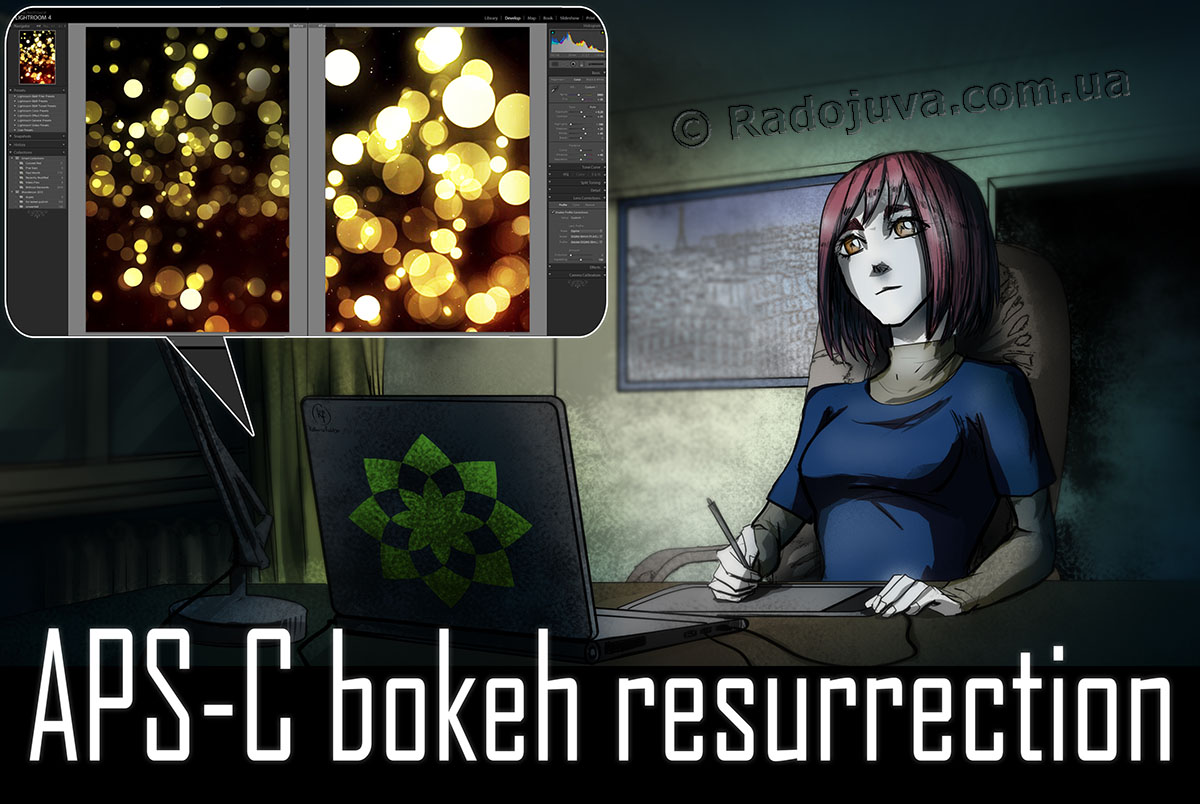
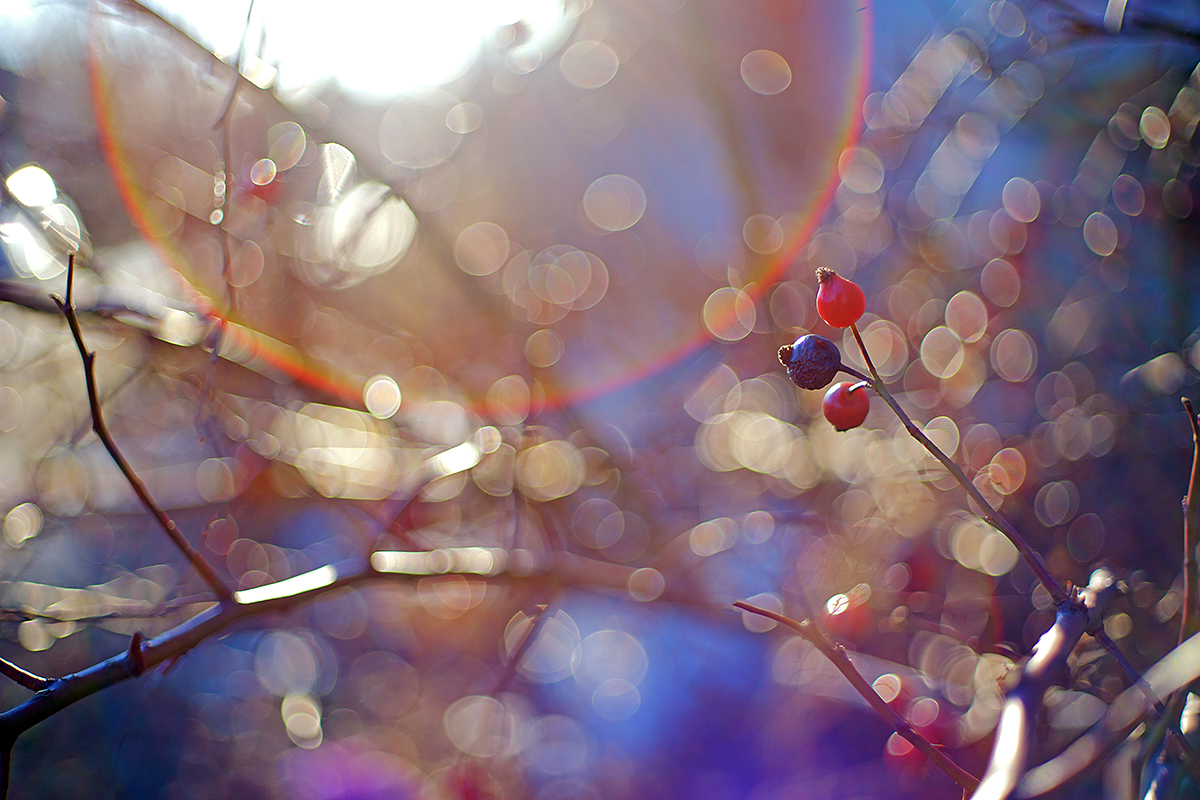
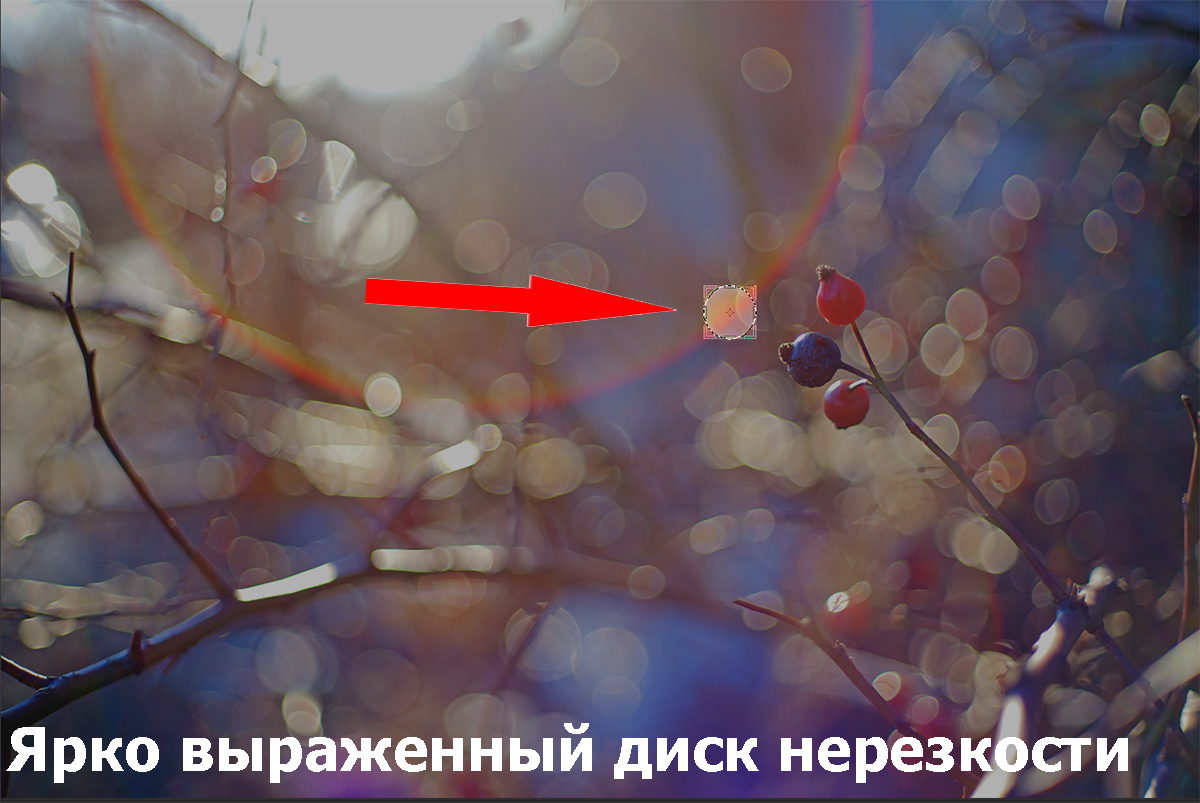
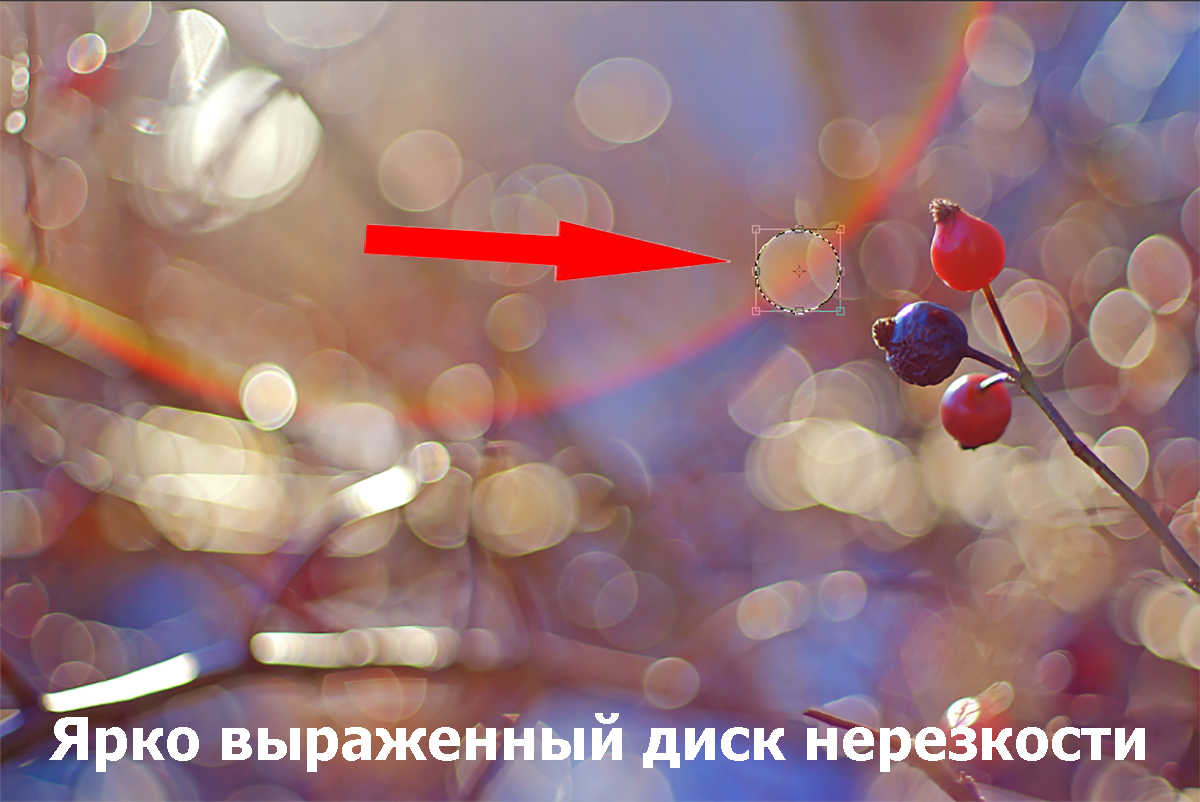

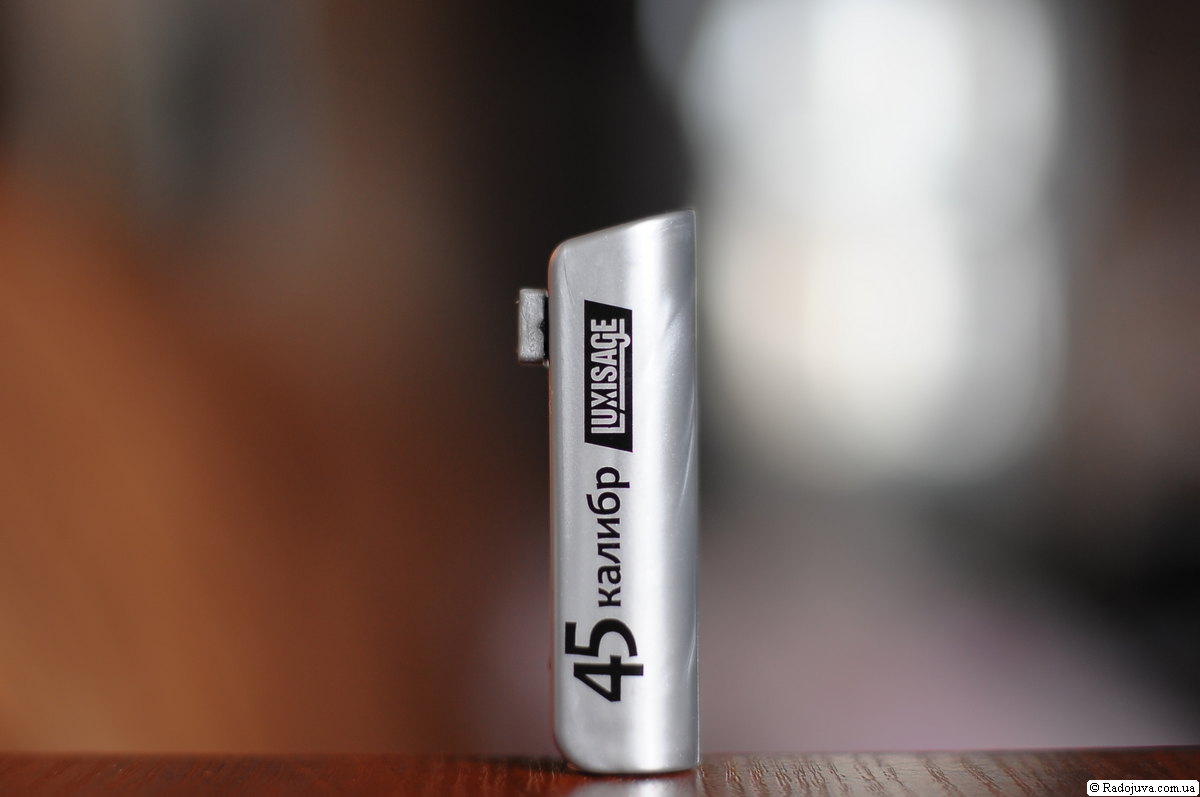
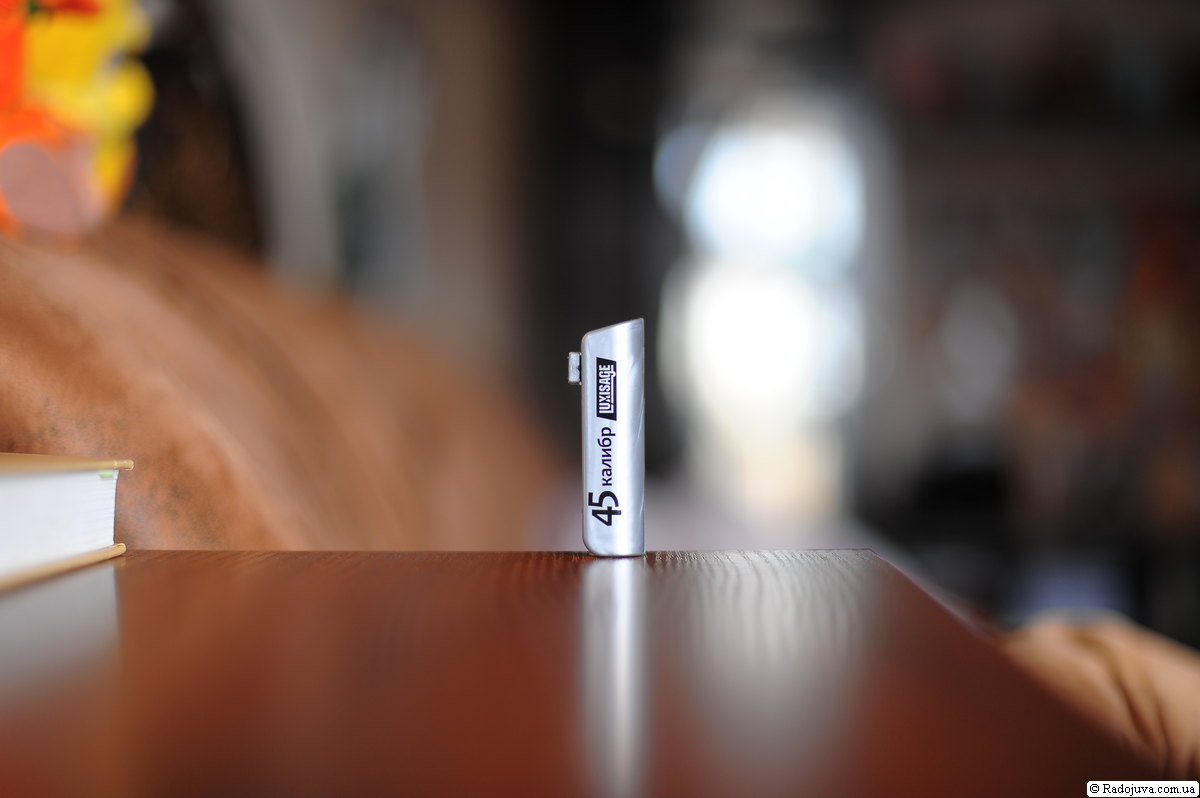
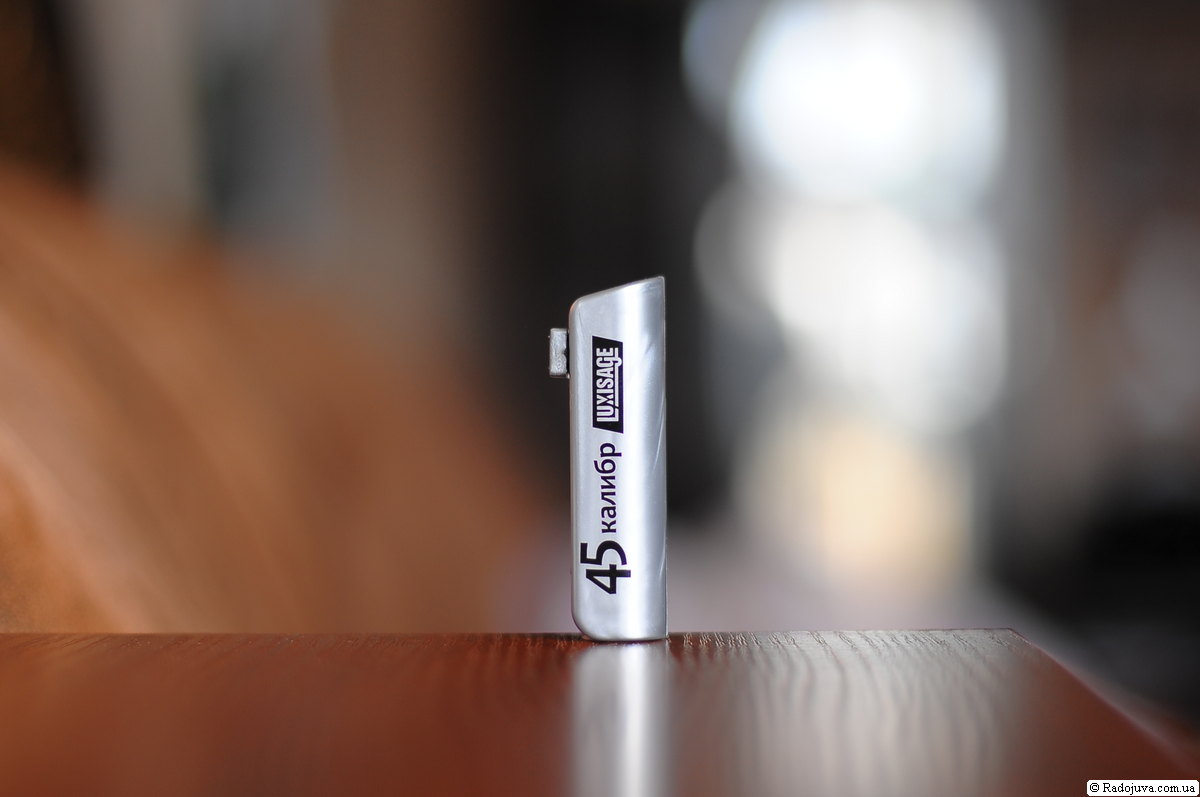

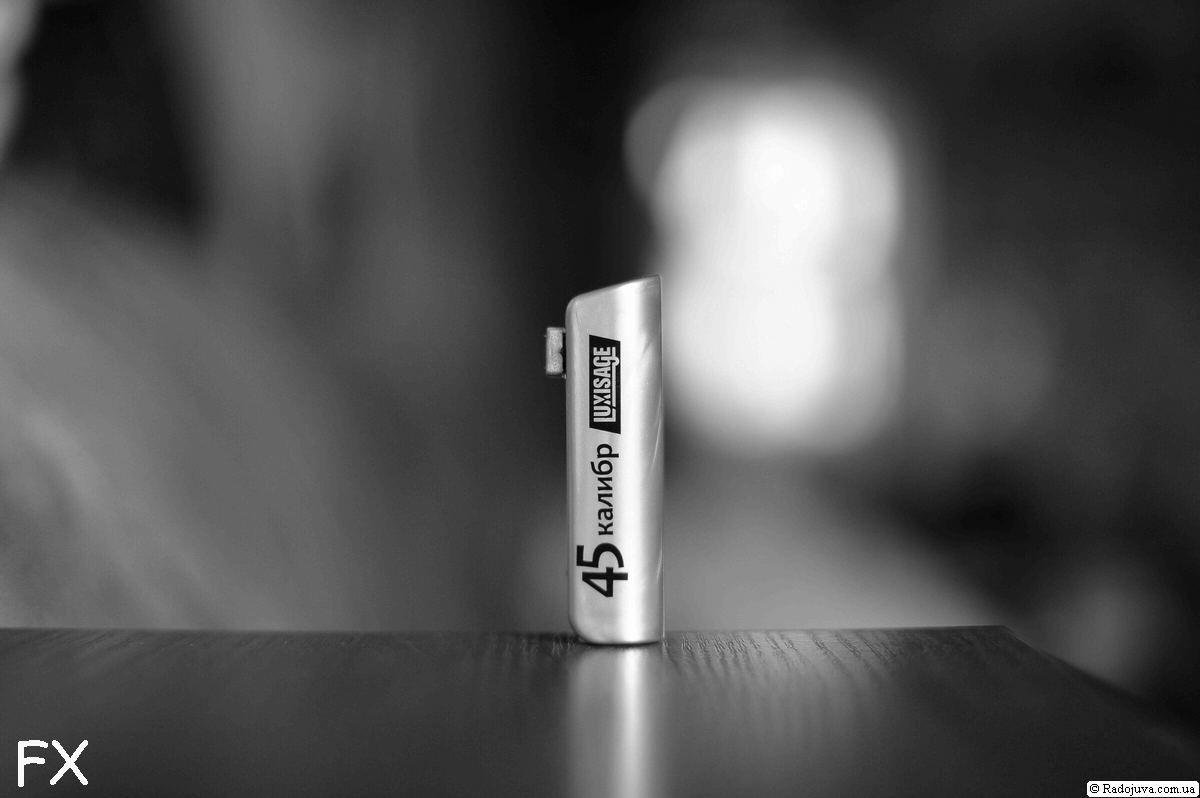
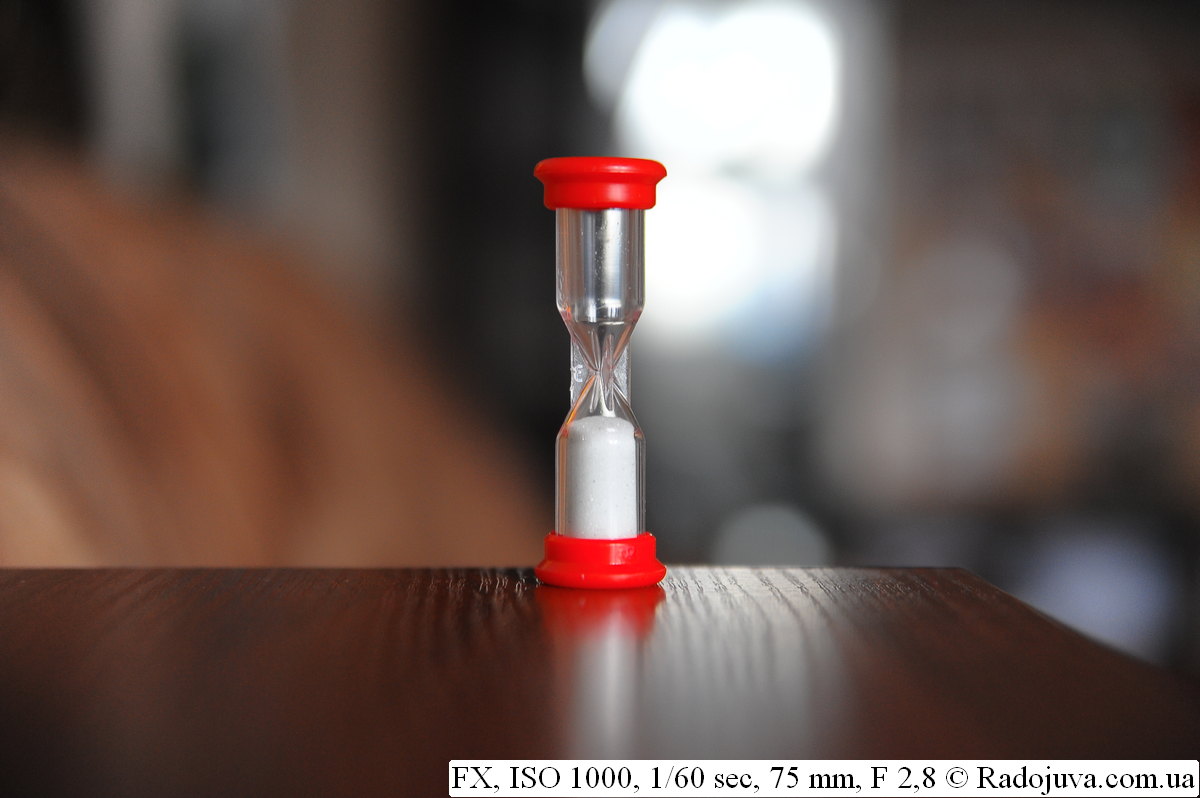
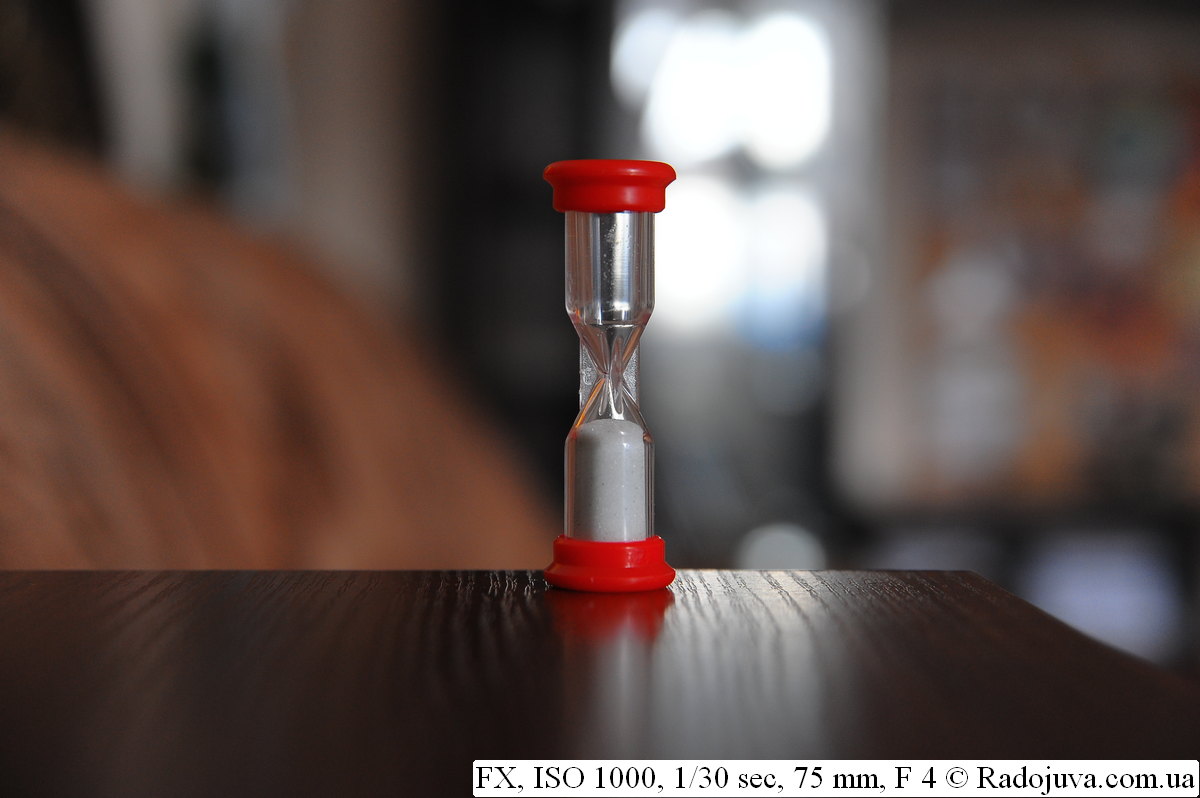
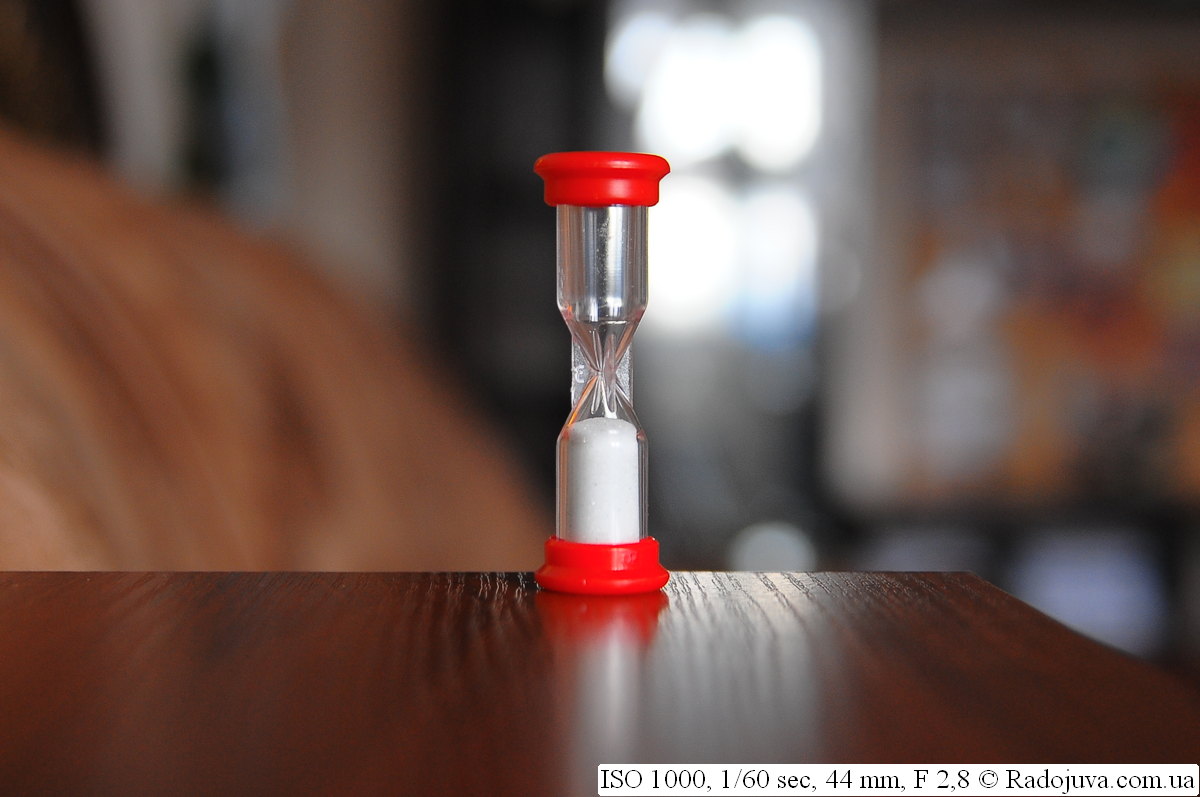
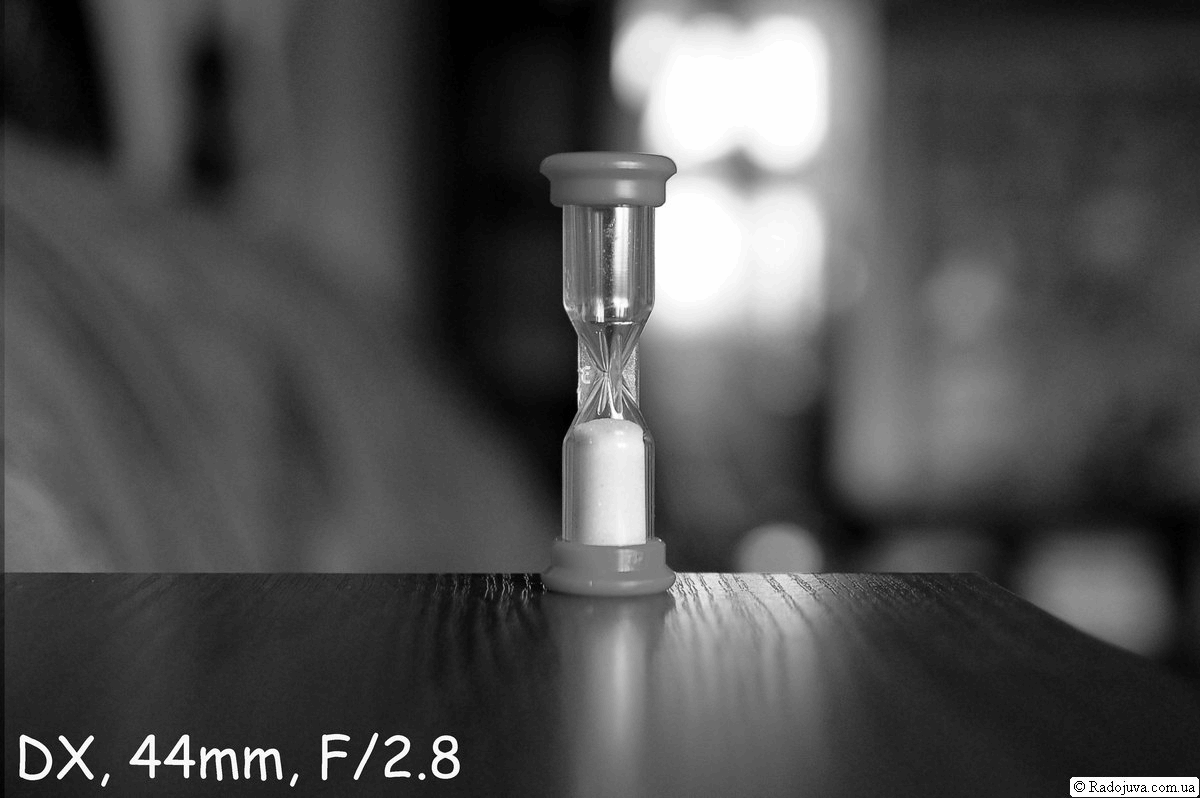

there is one more thing, when shooting from the same distance, sometimes it is necessary to get the desired grip, and the ff grip will be thinner, all other things being equal, and at about portrait distances on ff and a “normal” lens, you just have to clamp the aperture, thereby reducing the bokeh effects)
If you crop the full-frame image along the edges, you get exactly the same picture that he shot in crop mode. In other words, everything that you do with the crop mode of the camera during shooting can be obtained at home in a soft armchair and a cup of coffee with cognac. At the same time, looking at the picture not in the viewfinder, but on a large and beautiful monitor.
Do you persuade the flu to change with the help of cognac? You need to think before you write. Grip is different in crop and ff.
You are absolutely right, Dmitry! Under constant shooting conditions, everything except the viewing angle on the FF and crop are exactly the same, including the depth of field. So you can safely sit at home in a soft chair.
The problem is that under constant shooting conditions, we will get different frames, primarily with different framing of the scene (with different filling of the frame of the captured objects due to different viewing angles).
If you have a full-frame camera, you can crop, and if there is a crop, what to cut? How to relax in an easy chair?
In practice, there are other nuances. The most primitive is the detail due to pixel density. As an example - where can I get such an FX camera from a Nikon system in order to crop and get 24 MP, like, for example, a budget Nikon D3200?
Strange argument. After all, here we are talking about whether lenses from a full frame give exactly the same image on the crop, with the same shooting parameters, only cropped at the edges, as on a full frame, or not. Does the depth of field and perspective change in the images or does not change ... These are, one might say, fundamental concepts that remain unchanged no matter how many pixels a full frame has - 10 or 50. And no matter how many megapixels a crop has - 6 or 24. And you need to compare the potential of a cropped full frame and a multi-pixel crop somewhere in another article ... Although there is a Canon 5DSR, which is as detailed as the 24MP crop. But this is a completely different topic.
Yes, that is, but the circumcised - and the circumcised - is no longer the same.
Strongly said! Powerful argument! Well, who will trample against this ?!
Alles Kaputt!
Oh, you are still alive!
Check out this article: http://lurkmore.to/%D0%A7%D0%A1%D0%92
now about circumcision
DOF, the one that can be measured in meters-centimeters, does not change. And some (dimensionless or cm ^ -1 ???)) relative value connecting the physical size of the frame and the depth of field is changing.
Example:
DOF for a 300 mm lens at 18x24 cm (BF) and depth of field for a 300 mm lens at 16 * 24 mm (crop, MF) at the same shooting distances and relative aperture is the same.
However, its perception is different: with respect to a huge 18 * 24 cm frame, the already small depth of field will seem just ultra-small, while on a clipping from this frame (a picture obtained using an MF camera) the depth of field will be comparable to a greater extent with the frame size and visually will be "wider" than on the BF.
At the same time, the background will appear blurry more precisely in the picture from the crop camera.
The perspective on the crop will be different with the same composition of the picture, since for the same filling of the frame you will have to move proportionally further, but distortions, for example, the faces in the portrait will be exactly 1.5 times longer than the focus on FF. That's just the depth of field will be greater due to the greater distance from the subject, I'm not sure about the side, but inclined to agree with the author of the article.
Chet, I'm confused. Suppose I have a cropped lens 35mm 1,4 (crop 1,5). What should be the lens on the FF to provide the same angle of view, perspective and blur? Seems 52mm 2,1? And vice versa, if the FF is 50mm 1,4, then the crop should be 33mm 0,93?
Yes.
I found an article on the Internet called the scientific approach to blurry backgrounds. Very interesting article. The most interesting conclusion from it is that if you take for example a telephoto lens and a telephoto lens with certain apertures, then at infinity the telephoto lens blurs the background more, but close at a distance of 1 m, the telephoto lens blur more.
I would like a similar article on a joyful, with specific examples of photographs.
and what is the problem - google “depth of field calculator”, and you will see everything at once.
https://v1.std3.ru/36/3f/1369466186-363fb9e277c6f6cb1d72c4d69d9f7a35.gif
I suggest sticking in perspective
An interesting animashka. And the range of focal, by the way, is not known?
Arkady, and if you ask a question differently. That is, if you have two professional lenses, one is 17-50 2.8, the second is 50-150 2.8. With fast autofocus, dust and moisture protection, etc. That need for a full frame, as such and not?
you know, even if you have 24 / 1,4 mm .. or 16-50, then there is still no need for a full frame.
and even if you have 17-50 2.8, the second 50-150 2.8, it would be better just just one full frame with a half.
Having the two listed lenses, in principle, you can shoot any plot. But all the fixes are still sharpened for a full frame (24,50,85,135). This is another inconvenience crop
having one fifty dollars in principle, you can remove any plot.
Not all fixes are sharpened for a full frame.
The main thing here is that the hands be sharpened.
thanks . informative .
Yes, do not worry, having a crop you can shoot a very good shot both in technique and in plot. It all depends on the head and direct hands of the photographer. There is no masterpiece button in either camera. Modern crop in no way inferior in capabilities ff.
In the first two pictures in this article, the circles of blur are the same with respect to the size of the black berry, i.e. the bokeh is the same. IMHO
Regarding one lens for a full frame and a camera crop, I would rather agree with the point of view below:
http://podakuni.livejournal.com/649833.html?page=1
“Whether a cropped sensor is in-camera or a full-size sensor doesn't care for the lens system. The focal length will not change, it will remain unchanged, because this is a design feature of this particular lens. And 50 mm will be so on a 50 mm crop. Therefore, a “fifty-kopeck piece” mounted on a cropped camera will not physically become a lens with a focal length of 80 mm. And the depth of the sharply displayed space, by the way, will remain typical for a lens with a focal length of 50 mm.
And if you use a full-size lens with one focal length on a full-frame camera and at the same time on a cropped one, the pictures will look in their central part absolutely identical in their geometric distortions ”
I read both articles about crop, as well as most of the comments. No questions.
Except for one, difficult and painful.
I have now on the agenda the choice of a camera for purely landscape photography.
Two candidates: Nikon D800 + af-s 1.8 / 50 g
Pentax K-3 + FA 35/2al
And then a dead end. Without the advice of experienced photographers, I can’t move on.
I appreciate the pictures with a good study of details and smooth color transitions. I perceive heavily poisonous and posterized colors, embossed lights and dips in the shadows, the application of the picture.
I will be glad to advice.
First option. D800 will give a bunch of details.
As I understand it, Pentax will not stand up.
Will he lose only because of the crop? I've seen a lot of stunning landscape shots taken by the K-3, the D800 is somehow less commonly seen in this genre. Perhaps this is my subjective impression ...
With uv. Dmitry
It is not correct to compare D800 and K3, take K1 and the new 15-30 / 2,8, for landscapes it's just that. K3 and 35/2 - great versatile set
We all know the story about the fact that full-format cameras more blur the background. How then to be?
So you just proved it (see The similarity of pictures is clearly seen in the next gif animation.)
Suppose we have a 23f1.4 lens on a cropped matrix and 35f2.0 on a full one, the resulting frames will be with the same proportions and degree of blur despite the fact that we have only 2.0 on the full frame
if we take 23f1.4 and 35f1.4, then the degree of blur in the full frame will be greater
so the bike is true, full-format cameras blur the background more strongly
Yes, everything is true for two different lenses you specified with the same relative aperture.
But if we take one lens and use it on the crop and on the full frame, the result will not be obvious. I spoke about the bike in this context.
When observing the shooting scale (the subject has the same proportions on paired images) to the full-size camera and to the cropped camera, using the same focal length, for example 24 mm and the same F number, for example, F / 1.4, visual blur (blur area discs ) on crop will look larger than on the full frame. This will happen by squeezing perspectives on crop.
That is, to get a picture, let's say it will give 55 1.2 per ff, well, or mine 57 1.4, which cost ~ 10 and 4k, respectively, you need glasses 37 f0.8 and 38 f0.9 which .. Well, here it is clear. In addition, they will have more distortion. You can get a similar picture, but it's easier to buy FF.
Due to the different angle on the crop camera, (especially at the long focus), the picture “collapses”, that is, the volume decreases. And the larger the focal point, the stronger this effect. When they say that the “blur” of the RFP and RF is weaker on the crop, this is an erroneous opinion and delusion. The difference between crop and ff is given by two main parameters, this is the depth of field and the volume of the image (compression of perspective "collapse"). Although the depth of field is less pronounced and not very noticeable.
An interesting article, I liked it - thanks!
Strange conclusions. Substitution of concepts and broken logic :)
According to this logic, soap dishes with a matrix of 1 \ 1.25 should give the coolest bokeh!
In fact, shooting an object of the same size in the frame with the same focal and aperture, you get less blur.
I left the Panasonic system because the double-crop did not allow the background to be washed out normally even by 1.4 .. and here are such conclusions. The distance and size of the object in the frame must be taken into account.
Very, very useful info. But in any case, ff is better than crop, although I bought the Canon 80d. Multiply the aperture, move on. It is one thing to stand still and get 50 mm with a f / 50 aperture from a 1.4 mm ff, and it’s one thing to move away from 50 mm back which turns to 75 mm on a crop and then aperture 1.4 is killed there I don’t know it turns into a 2 point with something etc. e not that bokeh that on ff.
The aperture does not need to be multiplied.
Add my five cents.
The third day helped the comrade in the studio. Filmed athletes of all sorts, a whole battalion. Because I shoot on Nikon, and the Kenon light refused to be friends with me, the comrade gave me his 60D + 70-200 f / 2.8L II.
For the first time in my life, I seriously filmed with Kenon. I looked at the display and sweated sticky - I can never get such a picture directly from the camera on Nikon, even on crop, even on FF. How many times do not dance with a tambourine and do not shove all sorts of curves into the camera.
Again, this is in the studio. Reporting at competitions is another matter, Kenon is resting here.
Such are the things, boys and girls))
Have you tried to configure your Nikon? The camera of your “comrade” I think was set up by him, that's all. I shoot periodically with both Nikon and Canon. For example, I recently shot with three (variable) cameras, Nikon D 700 and Canon 5D and Canon 40D. So, even with careful settings, with mixed lighting; flash + fluorescent lamps (3 yellow light, two white moon) Nikon “digested” such light better than Canon. Try turning the fine adjustment (color temperature) of the white balance. In principle, subject to good optics and correct settings, all cameras of the same level are capable of producing images of the same quality.
I assure you, I configured my cameras with Nikon in virtually every possible way.
In this case, the Kenon 60d had a standard Portrait profile without any additional settings.
I wrote about studio shooting in ideal conditions. Accordingly, all my statements apply only to this. Here, even a schoolboy can distinguish Kenon from Nikon.
What is your camera?
I now have a D610 and a D200.
Not only does Nikon digest mixed light better, it generally does better in the report (I’m shooting live coverage). But in Kenon’s studio, the picture comes out prettier from the camera. This is my personal opinion, of course. Based on my experience and my photography requirements. Of course, someone may have a completely different opinion, and this does not mean at all that it is therefore erroneous.
No, you are absolutely right. The fact is that if you set all the settings for Nikon to “neutral”, then it really gives out neutral settings for all parameters. At the canon I noticed a different "picture". Even at neutral settings, it enhances color and contrast. I would even say micro contrast. I tested these two brands a lot in this particular aspect, and I can say with confidence that with the canon on neutral settings, the picture still undergoes digital processing, in which some indicators are programmatically enhanced, both in the jeep and in the equal. In my opinion, there is nothing wrong with that. This saves time for many. Nikon's company is much poorer than Canon's. Even the camera software is written by Fujitsu. They want to switch to manufacturing their own sensors and create software on their own in the future. I hope they succeed, they deserve it. Canon has other capabilities, they are self-sufficient and independent.
ps d 610 great camera
That's right, it's contrast / microcontrast. Kenon accentuates it by default, thus decorating the picture. Maybe it seemed to me, but the light from Kenon is under control. Nikon has trouble with the light, in the same conditions everything will be just sad.
I think you need to add about the D610. This is a really great camera with great potential. Especially considering the price. Many people swear at autofocus, but I shoot in extremely difficult conditions, such as ballroom dancing, for example. This already says a lot, who shoots dances will understand me.
You are a photographer!
Please describe not from the position of "wow, I've never seen this!" and point by point, what are the differences in the output image (well, there, it is more contrasting, yellower, blue, green is undersaturated, halftones are softer, purple goes into red, etc., etc.) and we will already think if it is possible What to do to tweak your Nikon to an acceptable level.
It cannot be that from a camera with a deliberately higher DD it would be impossible to bring the picture to the optimal using curves.
This is not a color. This is how Kenon draws chiaroscuro and halftone. I can do this with a Nikonovsky shot in Photoshop. But when there are hundreds of such pictures, this is unrealistic.
Captain Evidence reminds that if you can do something with one photo in Photoshop, then it can be done with an almost unlimited number of photos, just by applying this preset to them.
Or is it about something else?
So I have everything different, people, lighting, BB.
But, really, you are right. Something averaged can be picked up. Thank you for the idea))
It’s just that I still can’t fully master this Photoshop with lightroom.
By the way, I get the best and fastest with Topaz labs filters. Highly recommend.
Halftones in color, very much depend on the lens and its ability to transmit them to the matrix (microcontrast). What kind of glass were on Nikon and Canon?
Yes, of course, a lot depends on the lens. I mainly use 80-200mm, 70-200mm f / 2.8 and 85mm f / 1.8.
Interestingly, on Nikon I sometimes, rarely and quite by accident, get just such a “Kenon” picture, with a characteristic micro-contrast. At the same time, almost everything is exactly the same, lens, camera. The same people, in the same suits or clothes. The only difference is the lighting.
It seems that Nikon is very moody in terms of light. If I pick it up, be able to reproduce these good points. Then certainly no one will discern the differences between Nikon and Kenon.
Nikon, with neutral settings, always leads (mostly) to "yellow". In addition, if there is a mistake in exposure, the colors do not “run away” in the same way. Therefore, pulling them out with the slides is banal “temperature” “shade” does not always come out. Nikon does not like mistakes in exposure, in this he is capricious. And poor lighting, it digests better than canon. With the mixed light of energy-saving lamps, I have such an amendment.
Tell me, what exactly are these lamps? There they are sometimes written.
Today I am taking classes at a ballet school. Surely they will have some non-standard fluorescent ones.
Built-in presets on the D610 almost never fit, just because the colors differently divert either to the magnet or to greens / blues.
I answer your question (Tell me, what kind of lamps are these? There are sometimes written on them) here, since there is no “answer” tab. This setting is for 3/5 lamps 2700k and 2/5 4200k, + SB 800 flash with manual settings. But this is all purely individual, you need to take test shots and choose the right ones in a particular case.
ps Sorry for the late reply, I saw a question late.
Here is an example, when I have something similar on Nikon, I’m immediately looking at the camera:
Here is another similar example from Nikon. These are test shots, without processing or preparation.
...
Yes, Fuji 5S Pro can do that too. Even better than Kenon.
That is why after buying the Sony a7, all Helios 44, etc., sharply disliked me, and in order to get something like that I had to change all the glasses to longer and more expensive, painfully and unproductively = (
As always, a low bow for the information provided. I thought between the crop Nikon D500 and FF D750. This article has left a point in the throes of choice, thank you very much) And in general, it is very interesting to always read you!
Arkady, hello!
After reading the article, I was completely lost in doubt.
Now I'm shooting on manual lenses with Fujifilm x-e1, and now I have the opportunity to purchase a full-frame sony mirrorless. Does this change make sense? I read a lot that on Crop all the beauty of bokeh remains behind the scenes; although here in the photographs in your article doubts began to torment me.
And at the same time, I really do not want to leave Fuji, look for new adapters, etc. Should I buy Sony?
Thanks for the reply.
Is it worth it or not - you decide. Usually, when switching to full frame, the picture from some lenses "starts to play". The picture is not just bokeh.
Spoiler 1: Different cameras of the same type (crop or full frame) have different number of megapixels, but the ratio of the blur disk to the entire frame will be the same. It should be just the opposite! We all know the story about the fact that full-format cameras more blur the background. How then to be?
So it was necessary to take different cameras, and not cut from one matrix. You test the lenses on d80, and would shoot on the d80 and d700. For the purity of the experiment, take a portrait, say, from a meter to a full frame and make the same frame on a cropped matrix and see the blur. And then on the same matrix to remove it is clear that everything will be the same there.
A small conclusion that everyone passes by…. - And if we frame it even more in Photoshop, then we can say that the disc of confusion takes up a third of the frame. From your article, the conclusion suggests itself that the smaller the matrix, the more blurring, which in itself is of course nonsense.
D80 or DX format 24 x 16 'mode for D700 - does not matter.
'The DX 24 x 16 ′ format is a complete analogy if a cropped camera were used. Just using the same matrix in crop and full frame mode simplifies the experiment. Here this GIF Will not change when using any Nikon DX camera with any Nikon FX.
My article does not suggest that the smaller the matrix, the greater the blur. A conclusion has already been indicated and it has additional conditions.
Well, it's really funny. Matrices are so different. This film was one and the same, and then the lens was a piece of film inserted no matter what camera. And now, the matrix in conjunction with the processor has what value. And the crop will never take off as a full frame, because the matrices are shaded, you need to move further and the image as a result is 2,25 times smaller. (This is for Nikon from personal experience.)
What exactly is funny from what I wrote? Please be more specific. We are discussing circles of blur, bokeh, and more. This article does not cover the overall image quality from crop / full frame. Thanks.
D80 or 'DX 24 x 16 ′ format in the D700 - does not matter. This is ridiculous and the matrices are different, the pixel size on the matrix is different, and the blur will be different on different cameras. You have the same size dx and fx in the first gif and you get the impression that dx is even better, but this is not true.
That's right, because the article states that the images are converted to a single size of 1200 pixels on the long side.
Blur does not affect the number of pixels. If we get very confused, then in the general case this can be reflected in the IPIG (Evtifeev wrote about this not so long ago).
But the essence remains the same - the geometric proportions of the elements of the image in the images reduced to the same size will be the same.
By the way, the pixel size in the examples with FX / DX is the same, since the same sensor was used.
If we abstract, then what you wrote about in real life is not reflected at all, because the final result from a full frame or from a crop is viewed on the display or in print with interpolation of stretching or compression to the same dimensions. With the same success, using your conclusion “the matrices are different, the pixel size on the matrix is different, and the blur will be different on different cameras”, you can easily assume that the more pixels, the stronger the blur will be, but in general terms it is not.
... because the final result from a full frame or from a crop is viewed on the display or in printing with interpolation, stretching or compression to the same sizes ... .. Well, why to the same is processed at 100% magnification, respectively, the sizes will be different. Perhaps I do not understand you here, I do not have such technical knowledge as you, all from personal experience. For me, the grip and the blur are interconnected, the less the grip the more the blur is logical. The smaller the pixel, the more grip, the less blur is logical.
A smaller matrix, a smaller pixel, more flu, with all the rest the same.
The larger the matrix, the larger the pixel, the smaller the flu, the greater the blur.
Well, the blur, as I understand it, does not depend on the number of pixels, but on the size of the pixel. We need to take two cameras to shoot not on the MDF, but hang something like a target behind the subject in half a meter, and then it will be clear what it erodes and how.
Thanks. In fact, everything will be the same if you do tests at other focusing distances. On MDF, the difference is visible with the naked eye.
The physical size of the matrix and the pixel size are not directly related. Therefore, "The smaller the matrix, the smaller the pixel, the more the grip with all the others being the same." is not the correct approach.
"Well, the blur, as I understand it, does not depend on the number of pixels, but on the size of the pixel." If we take relative indicators, for example, the diameter of the disc of confusion, its area to the diameter of the frame or the area of the frame, then it will be preserved whether it is 6MP or 50MP. I repeat, the thoughts “Well, the blur, as I understand it, does not depend on the number of pixels, but on the size of the pixel” are also not correct. Otherwise, as an example, Canon 1Ds (12MP) and Canon 5DS (50MP), which have the same physical matrix sizes, when displayed on a monitor or printed, would give a 4 times more blurred out-of-focus area in a photograph. But that doesn't happen. Most likely, you mean that on cameras with a large number of MPs it is possible to "zoom in" on the image details, from which, other things being equal, the unsharp discs will simply be displayed with a large number of pixels and look, for example, larger on the display. But this does not mean that the background will be blurred more in the photo. Everything depends on the geometric aspect ratio in the picture.
In general, this topic is not easy, here you should not rush to conclusions. The material in this article I had to check / finish / change repeatedly both on personal experience and the tests shown here.
It's just that the article is about shooting from the same distance, which causes a brain explosion. But in practice, in order to shoot the same plot: for example, a half-length portrait with the same focal length, you will have to step further on the crop, thereby increasing the depth of field, which will level the entire advantage of the crop. This experiment in practice will be interesting, for example, when shooting macro, because no one will argue that the lighter is approaching on the DX and the FX is being removed.
The article, in fact, deals with many important and not obvious, at first glance, especially for beginners, things. For example, I will repeat for the hundredth time that DOF and the strength of the blur (count the size of the circle of confusion) are different things. Many psychologically cannot accept some of the conclusions about the physics of the process, since they are fanatically confident in the advantage of a full frame over a crop in all disciplines, primarily in bokeh or, rather, in the power of blurring the far / foreground. As a result, it turns out to be a truly brain-bearing reality, when the blur force is greater on the crop, while the depth of field is thicker at the same time (with the same proportions / framing of the subject to crop and full frame with the same lens). I noticed these things with my own eyes, as indicated in the article, and only then did I figure out the mathematical tricks.
The confusion about depth of field and the degree of background blur often comes from simplified formulas, such as “the smaller the sensor, the more difficult it is to blur the background”. You are right, the photographer needs to know the hardware and understand the physics of the processes, and it never hurts to know the depth of field, hyperfocals and the degree of background blur at different values for your lenses. On your website, you so diligently explain to beginners and amateurs that you shouldn't chase after full frame, rare expensive optics, etc., but for some reason, judging by the comments, the effect is the opposite - they rave in full frame, buy prof. carcasses, take some old manuals with an opening of 1.4 - 1.2. As a result, the conclusions are excellent, the advice is competent, and the number of applicants in exactly the opposite way is large.
Everyone must go the way of knowledge in their own way. Everyone gets experience as he can or as he wants. Everyone on their personal skin must make sure that without knowledge you will not become a surgeon.
Buy professional carcasses for several reasons:
1) Even having bought a used full-frame camera, its resource will often be greater than that of crop.
2) Under FF dofiga glasses, including old cheap screwdrivers.
3) No need to fool around with EFR.
4) “I have a big cool camera, my mom is now a photographer”: ')
1) The crop / full frame resource has no direct link. As a book example - D700 and D90. The first one after 150.000 can easily bend, the second after 400.000.
4) Nikon D2xs, Canon 1D Mark are also crop and also large and heavier than most modern full frames
The rest is true :)
Pokemon, 1) a lover of the resource of an amateur camera lasts longer than a professional professional (300 thousand frames when shooting 10 thousand a year is simply not needed), 2) just common glasses for ff on a crop go well, albeit with a different angle , and there are a lot of crops with a motor, 3) there is no need to fool around with the recalculation even on the crop. What on FF, what on crop, you just need to feel the difference in focal length for your carcass (for example, 18 - 35 -50 mm). And you don't need to count. 4) There are many large and pseudo-mirrors, the motive is different: since the carcass is super, the frames will also be super.
It's just that crop is distorting perspectives due to crop factor. The viewing angle decreases, the subject increases, and with it the magnitude of the circle of confusion, which you call the strength of the blur, increases. Because of the larger circle of confusion, it seems that the crop erodes more, although it has more flu. In general, the theory of relativity must also be applied to this article. Is it like fifty dollars on crope- is fifty dollars or 75mm? The viewing angle has decreased, the shooting scale has increased, but they tell me it's still a fifty dollars. What is the initial viewing angle, shooting scale or sensor size 36-24 to which everything is tied? And why exactly this size, and not another?
Because the format is 36 * 24 for a hundred years, under it a sea of foty and lenses, incl. prof. and it’s logical to dance from him.
The rule is simple - on a cropped camera, EGF and F (in terms of depth of field) are always recalculated for all lenses. This gives an almost accurate idea of how the lens behaves. A 36 * 24 is a historically well-established format.
That's the thing that is historical. It’s like in the chronology there is before the Nativity of Christ and is after. So in photography, what is before: we call crop, and what after: we call medium format. 36 * 24 appeared thanks to Leica and most likely due to its compactness and convenience it managed to squeeze larger existing formats. Thus becoming the most common film format. Around which we all dance.
Oleg, no one says 36x24 is a technically sound standard for digital cameras. It's just a fact that 36x24 has become the basis for all calculations in the mass camera industry. And for a digital it is just a variant of a large sensor with its inherent pros and cons. The main thing is to perceive it adequately, and not to think out that since the frame is “full” it means it is endowed with everything, or “crop” means it is cut down in everything.
And no one says that crop is bad. Crop is probably better for a macro, but for a portrait I still tend to a full frame, even though the blur strength of the crop is higher (the size of the blur circle)
The blur strength of the crop is lower (DOF more)
KalekseyG, you are not in a trend, see post by Arkady 17.02.18, 12.50.
The force of blur in the crop is still greater - this is shown in the article. At 35mm, the transition from sharpness to blur is much smoother and less noticeable. With the crop, this border is more noticeable and the blur in the out-of-focus area is greater.
About our sheep. In general, I got confused I found the crop removed. The disc of blur turned out to be visually larger on the crop. I puzzled my brain why. I came to conclusions 1. ambiguous - the blur disk is a glare from something, or the light source is in blur, respectively, it has a physical size, that is, it will occupy one area on any matrix, respectively, on a smaller matrix it will occupy a large area, which blur has no relation whatsoever. 2. You cut both frames to the same size, which is not true. If you apply crop to a full frame at XNUMX% frame size in Photoshop, it will fall one into one, a blur disk of the same diameter. That is, it was necessary to crop it in proportion. And so you cut the crop a few times.
1. You can discard the word “disc of unsharpness” and operate on “blur”. As a result, the same blur will be more visible on the crop (under the conditions described in the article).
2. Frames were not cropped, but reduced to the same size. In the final version, no one in real photographs superimposes pictures from a full frame and a crop and shows that this and that is here. Everyone prints photos of the same format, for example, 10 * 15, 20 * 30 and views the photos on the same monitors, displays, and projectors. Those. the final result from crop (cropping) and full frame (such as not cropping from medium format) are always viewed at the same physical dimensions. Because of this, practical application is always important, because photography is an applied art.
Well, no one leads to the same size either. And how did you even get that you have different circles and different blur, and the same image, if you bring it to the same size in pixels, then these different frames will be a full frame or so more. Well, how would it be alone
the same frame and everything there will be the same as not cut out and lead to anything, and when printing everything will be the same, and on the monitor everything will be the same if you print and view one area. Well, as if in the article “Crop Identification” you state “To be precise, the depth of field increases by 2.25 times for Nikon DX cameras. ”That is, you contradict yourself.
Well no. Do not look for that which is not.
This material is not easy to understand, as I wrote, not everyone is ready to recognize some things. To be honest, I'm tired of chewing the same topic here in the comments 100500 times.
But still, one more time and one more time. DOF is not the power of blurring the foreground and foreground. Maybe the depth of field is wider and the blur is stronger.
The article clearly states that it is not "the same image", but the same proportions of the object being shot. The first GIF illustrates this well. One and the same object in the frame with the same proportions (the ratio of the object's size to the frame size). At the same time, we have a different blur due to the compression of the perspective.
The same image, as much as possible, can also be obtained, and this is also written in the article, the second gif animation illustrates this well.
Nobody prints one area. Nobody prints a crop photo, filling the area on the sides with a black background and when viewing it does not say “this black area is what should be visible in the full frame”. The realities are as follows.
The number of megapixels also does not play any special role, otherwise, as was the case with one commentator in this thread a little higher, everything would come down to the fact that the more megapixels, the stronger the blur. But this is not the case.
Clear. So I didn’t re-read the article and shot from one point, that is, I didn’t leave. I got different shots, and in different ways, we said that I was talking about printing.
So give a clear statement of what is the power of blurring the foreground and foreground.
Victor, you had a sane idea about the size of the pieces on the matrix, but then again it went somewhere wrong. In the article, everything is correctly described and explained.
Quote:
“So, switching between FXDX formats and shooting the same scenes with the same lens, I noticed that sometimes the blur of the far and near plan in DX format looks (visually looks) stronger than in full format FX.
It should be just the opposite! We all know the story that full-frame cameras blur the background more strongly. How then to be? "
Yes, let's enlarge part of the image and be surprised that it has become more blurred ... Brains like a shell.
Here in the comments, there were already many comments, not understanding the essence of the problem.
I am not just looking at simply enlarging a portion of an image. If you do this, then you will be right, but the pictures, namely the proportions of the subject to be shot, will be different on the original frame and on the frame with the enlarged image.
And the image is considered while maintaining the proportions of the captured object in the frame. This means that the subject in photos is the same size. In this case, a stronger blur of the background is obtained on the crop due to the squeezing of the perspective, which demonstrates very well GIF animationshown in this article.
I understand that the conclusions, at first glance, are not obvious. You found fault with my introductory quotes, but they only show the background of events and my experience, which led to the following facts described in the article.
Tell me, on the crop of 1,5 (sony) on which lens will the background blur be more pronounced (less sharpness): by 35mm f1.2 or 50mm f1.1? Thank you in advance
50
My 5 cents) Take FF and crop, both on a 50mm lens. We become a meter to the subject, on the crop in our frame there will be only the central part of the face on the FF, the whole head and shoulders will fall into the frame. At the same time (in terms of blurring the background), the picture on the crop will look the same as if we took the picture from the FF and cut it under the crop (we have nothing to glue on the picture to the crop). This, it seems to me, is what everyone calls the coveted stronger blurring of the background. Not just blurring it much, but getting a larger subject in the frame while maintaining blur and background volume. Indeed, if we drop a little bit with crop, so that the picture already contains everything that is on the FF (head and shoulders), our perspective will change. Now go to the DOF Simulator. The difference in distance between the subject and the background will change relative to us and, accordingly, the blurring of the background will decrease. if we try to keep the background blur at the same level as on the FF (with the head and shoulders in the frame), we will have to move away from the background without changing the new distance between the camera and the subject. And this will change the composition, and not always possible. If you do not move away from the background (but only from the model for cropping as in the FF), then in the background, due to the perspective (compression or as it is called correctly), less details will be visible, say that desired volume (oh dear !!) will decrease . In other words, we always succeed in reproducing on the FF camera the picture that we get on the crop. But it’s not always possible to do the same on the crop as on the FF. In other words, the FF picture with 50mm 1,8 on the crop cannot be recreated
I quote; - When switching from full-frame to cropped, the ratio of the unsharp disk to the whole frame increased by approximately 2.3 times. The same number could be obtained thanks to the coefficient of the crop factor Kf = 1.5, by squaring it. You considered this from the case when you are on the same matrix, shoot in FF and crop mode. You reduce the number of pixels. Well, if you shoot with Nikon D5300 which has 24,2 million pixels and file size is 6000x4000 pixels or 50.8 X 33,87cm. And Nikon D610 where the file is identical in size; 24,3 6016X4016 pixels or 50,94 X 34 cm. Can you explain the situation in this case?
You still inattentively read the article and the entire subsequent thread.
The number of pixels on the matrix does not matter in this case.
Only the size / area of the matrices being compared matters.